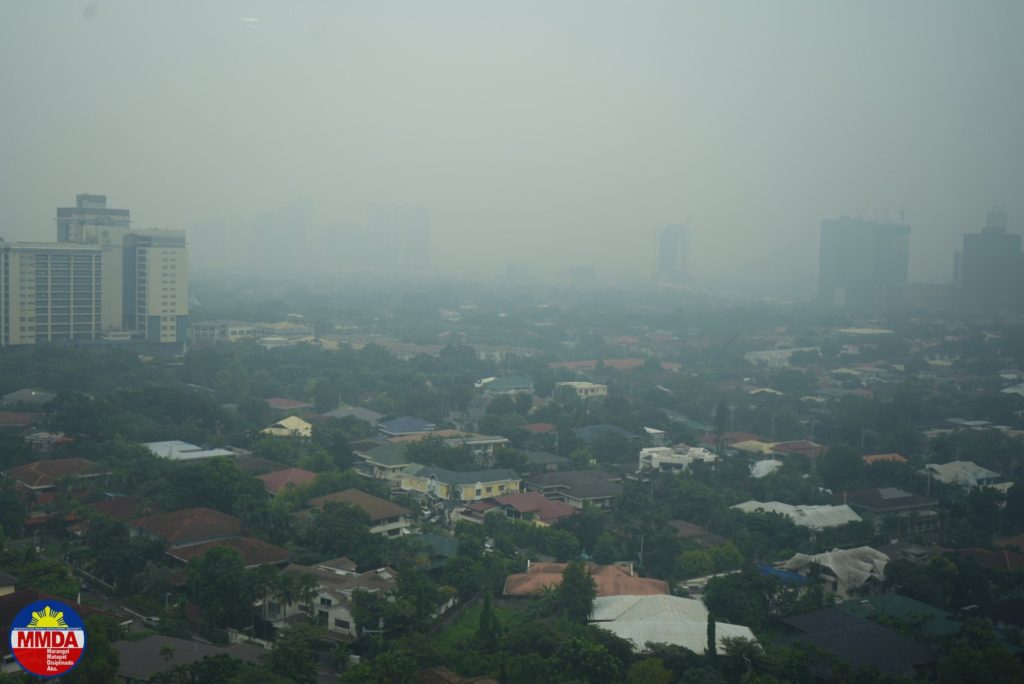
By Jude Tenorio
The Taal Volcano’s volcanic smog or vog affected Batangas and its nearby areas, as some suspended classes due to the effects of vog.
Meanwhile, residents of Metro Manila are experiencing smog, which was caused by thermal inversion, according to the Department of Science and Technology (DOST).
So, what’s the difference?
Smog is a form of air pollution that appears as a smoky fog and makes visibility difficult. It was first used in the early 1900s to describe a mix of fog and smoke.
Vog, on the other hand, is a kind of smog that contains volcanic gas and particles such as sulfur dioxide.
Both smog and vog can irritate the eyes and respiratory tract.
In an interview over PTV Bagong Pilipinas Ngayon, DOST Secretary Renato Solidum said that signs of exposure to vog may include breathing problems, throat discomfort, dizziness, and skin issues.
The Department of Health recommended methods on how to avoid being exposed to smog and vog.
1. Avoid leaving the house.
- When traveling or shopping are not necessary, it is best to stay at home.
2. Close both the door and window.
- Do not allow smog to enter your house. Close the entrances to the home.
3. Put on a mask.
- Never leave the house without putting on a mask. If N95 is accessible, use it instead of the surgical mask since it is more effective at removing minute dirt particles.
4. Drink water.
- Drinking sufficient amounts of water will reduce throat irritation.
5. Ask for medical advice if necessary.
- If you have any unexpected physical symptoms, see a doctor straight once.
Smog or vog, we must exercise caution and heed the authorities’ advice in order to be healthy and safe. Do not ignore any symptoms or weird bodily sensations and instead, visit a doctor right away to receive appropriate treatment. Be safe and updated. – gb
